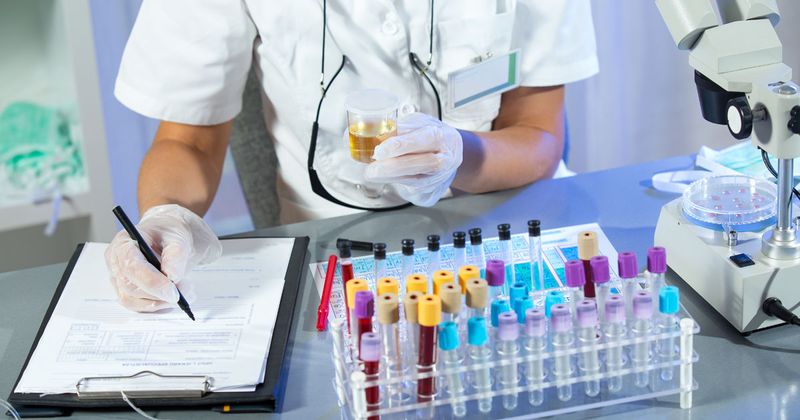Epidermolysis bullosa patients at risk for kidney-urinary tract involvement
Patients with intermediate junctional epidermolysis bullosa are at risk for kidney-urinary tract manifestations, according to a study.
“Junctional epidermolysis bullosa (JEB) is a rare autosomal recessive disorder that manifests with blistering in the skin and mucosal membranes and includes extra-cutaneous features,” Laura Trefzer, MD, of the department of dermatology at the University of Freiburg Medical Center in Germany, and colleagues wrote. “Kidney-urinary tract (KUT) manifestations, such as hydronephrosis or obstructive uropathies, have been described in single cases or case series of patients with JEB and have been observed to be associated with substantial morbidity through the manifestations themselves or the necessary surgical interventions.”

Researchers conducted a retrospective longitudinal case series of 99 patients with intermediate JEB who were seen at a single center between 2003 and 2021.
Using KUT imaging, immunofluorescence mapping, variant analysis and treatment, KUT involvement was found in 15 of 50 (30%) male patients and none of the 49 female patients, totaling an overall prevalence of 15%.
“Our results suggest that the KUT manifestations are primarily associated with the expression of JEB-associated proteins in the urinary tract epithelium,” the authors wrote. “The severity seems to depend on the residual amount and function of the respective
protein.”
At least one missense or splice site genetic variant was found in patients with laminin 332 or integrin B4 deficiency, and KUT complication severity was correlated with the affected protein rather than skin involvement.
Based on these results, the authors recommend JEB patients be informed and monitored for KUT manifestations and for therapeutic interventions to be initiated when necessary.
“Exploratory invasive urologic diagnostic procedures should be avoided to minimize trauma,” they wrote.
